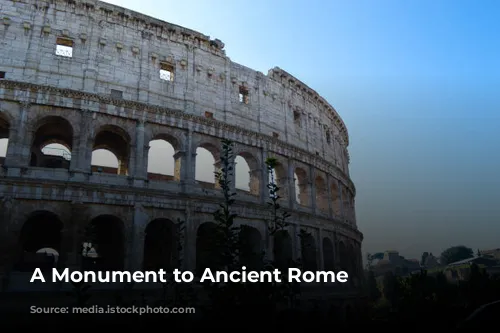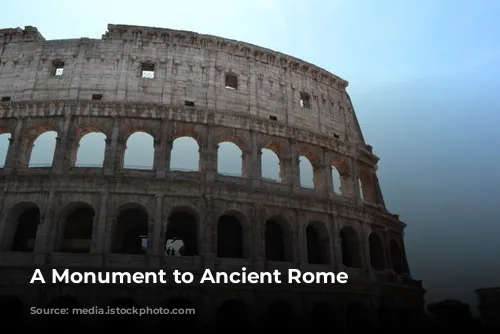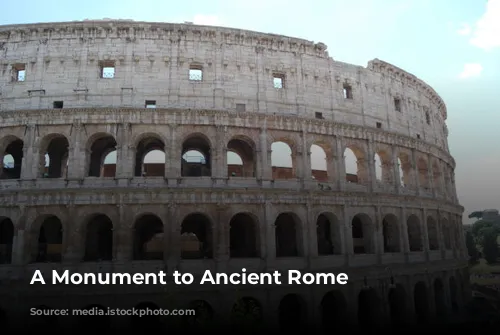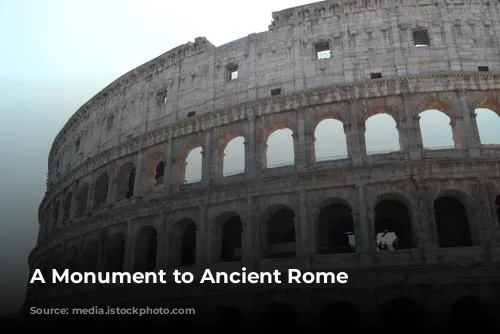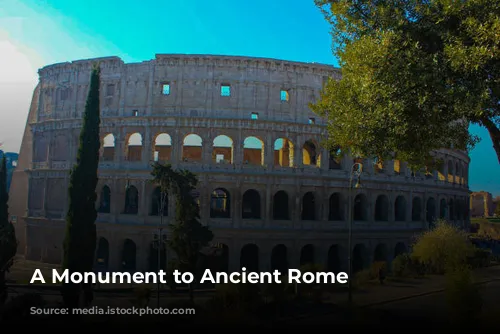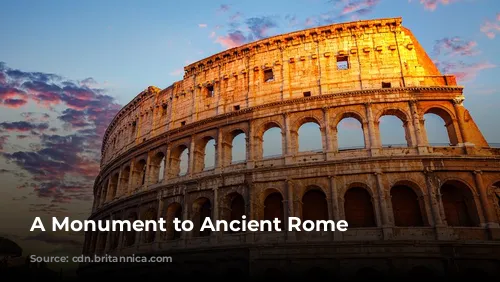The Colosseum, a towering testament to Roman architectural genius, stands as one of the few largely intact structures from the Roman Empire. This awe-inspiring landmark is not only a reminder of ancient Rome’s ingenuity but also a vital source of revenue for the Italian government. In 2018, the Colosseum, Roman Forum, and Palatine Hill together generated over $63.3 million (€53.8 million), surpassing any other tourist attraction in Italy. The Colosseum is truly a symbol of ancient Rome’s grandeur, drawing visitors from around the world and contributing significantly to Italy’s economy.
A History of Neglect and Rebirth
After the fall of the Western Roman Empire, the Colosseum fell into a state of decay. During the 12th century, powerful families like the Frangipane and Annibaldi transformed the once-grand arena into a fortress, a stark contrast to its original purpose. The 15th century saw the Colosseum further desecrated as Pope Alexander VI allowed it to be used as a quarry, robbing it of its precious materials. For over a millennium, the Colosseum was largely forgotten, its splendor overshadowed by neglect. However, a glimmer of hope emerged in the 1990s when state-funded restoration efforts began, breathing new life into this iconic landmark.
From Emperor Vespasian’s Vision to Gladiatorial Combat
The construction of the Colosseum was part of an imperial endeavor to revitalize Rome after the turbulent year known as the “Year of the Four Emperors” in 69 CE. Like other amphitheatres, the emperor Vespasian envisioned the Colosseum as a center for entertainment, where gladiatorial fights, animal hunts, and even mock naval battles would enthrall the crowds.
Construction began under Vespasian between 70 and 72 CE. Vespasian’s son and successor, Titus, dedicated the completed structure in 80 CE. The Colosseum’s fourth story was added by the emperor Domitian in 82 CE. Notably, the arena’s funding came from the spoils of Titus’s sack of Jerusalem in 70 CE, and it was built by enslaved Jews from Judaea.
A Masterpiece of Engineering and Architecture
The Colosseum, also known as the Flavian Amphitheatre, is an elliptical structure constructed from stone, concrete, and tuff, standing four stories tall. It spans an impressive 620 by 513 feet (189 by 156 meters) and could accommodate a staggering 50,000 spectators. This engineering marvel was renowned for hosting gladiatorial combat, a spectacle that captivated the Roman world.
A Symbol of Imperial Power and Public Entertainment
The Colosseum, located east of the Palatine Hill, stands on the site of Nero’s Golden House. The artificial lake that was the centerpiece of Nero’s palace was drained, and the Colosseum was built in its place. This decision was as symbolic as it was practical. Vespasian, whose rise to power was less glamorous than Nero’s, chose to replace the tyrannical emperor’s private lake with a public amphitheatre. This act represented a shift from autocratic rule to public entertainment and civic engagement.

An Architectural Marvel with Ingenious Details
Unlike earlier amphitheatres, which were often built into hillsides for support, the Colosseum is a freestanding structure of stone and concrete, utilizing a complex system of barrel vaults and groin vaults. Its exterior is adorned with three tiers of arcades framed by engaged columns in the Doric, Ionic, and Corinthian orders, a design that influenced the Renaissance codification known as the “assemblage of orders.” The Colosseum’s structural framework and facade are made of travertine, while volcanic tufa forms the secondary walls, and concrete comprises the inner bowl and arcade vaults.

A Space for Spectacle and Shielded by a Retractable Awning
The Colosseum’s seating arrangement could accommodate a massive audience of 50,000 spectators. To protect them from the sun’s glare, a retractable awning known as a “velarium” was employed. Supporting masts extended from corbels built into the Colosseum’s top story, and hundreds of Roman sailors were responsible for manipulating the rigging that extended and retracted the awning. This remarkable feat of engineering ensured the comfort of spectators during the various spectacles held within the Colosseum, including gladiatorial combat, animal hunts, and even mock naval battles.

A Legacy of Endurance and Transformation
Throughout its history, the Colosseum has endured various transformations. In medieval times, it was used as a church and later as a fortress by prominent Roman families. The Colosseum suffered damage from lightning, earthquakes, and vandalism, losing its marble seats and decorative materials. For over a thousand years, it was treated as a quarry, stripped of its splendor.
However, preservation efforts began in earnest in the 19th century, with notable contributions from Pius VIII. A major restoration project commenced in the 1990s, restoring the Colosseum to its former glory. Today, it stands as one of Rome’s most popular tourist attractions, drawing millions of visitors annually. Changing exhibitions related to ancient Roman culture are regularly mounted, keeping the Colosseum alive and relevant.
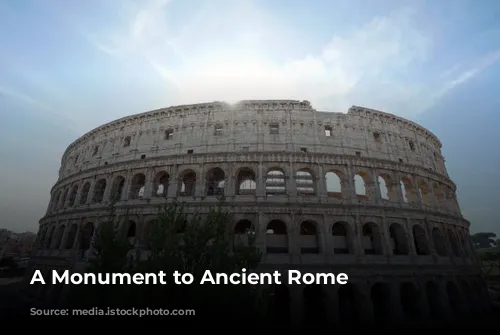
A Timeless Symbol of Roman Ingenuity
The Colosseum, a symbol of Roman architectural prowess and a testament to the enduring power of human ingenuity, continues to captivate the world. From its construction as a grand arena for entertainment to its restoration as a cherished monument, the Colosseum has witnessed centuries of history and transformation. Its enduring presence continues to inspire awe and wonder, reminding us of the remarkable achievements of ancient Rome.
